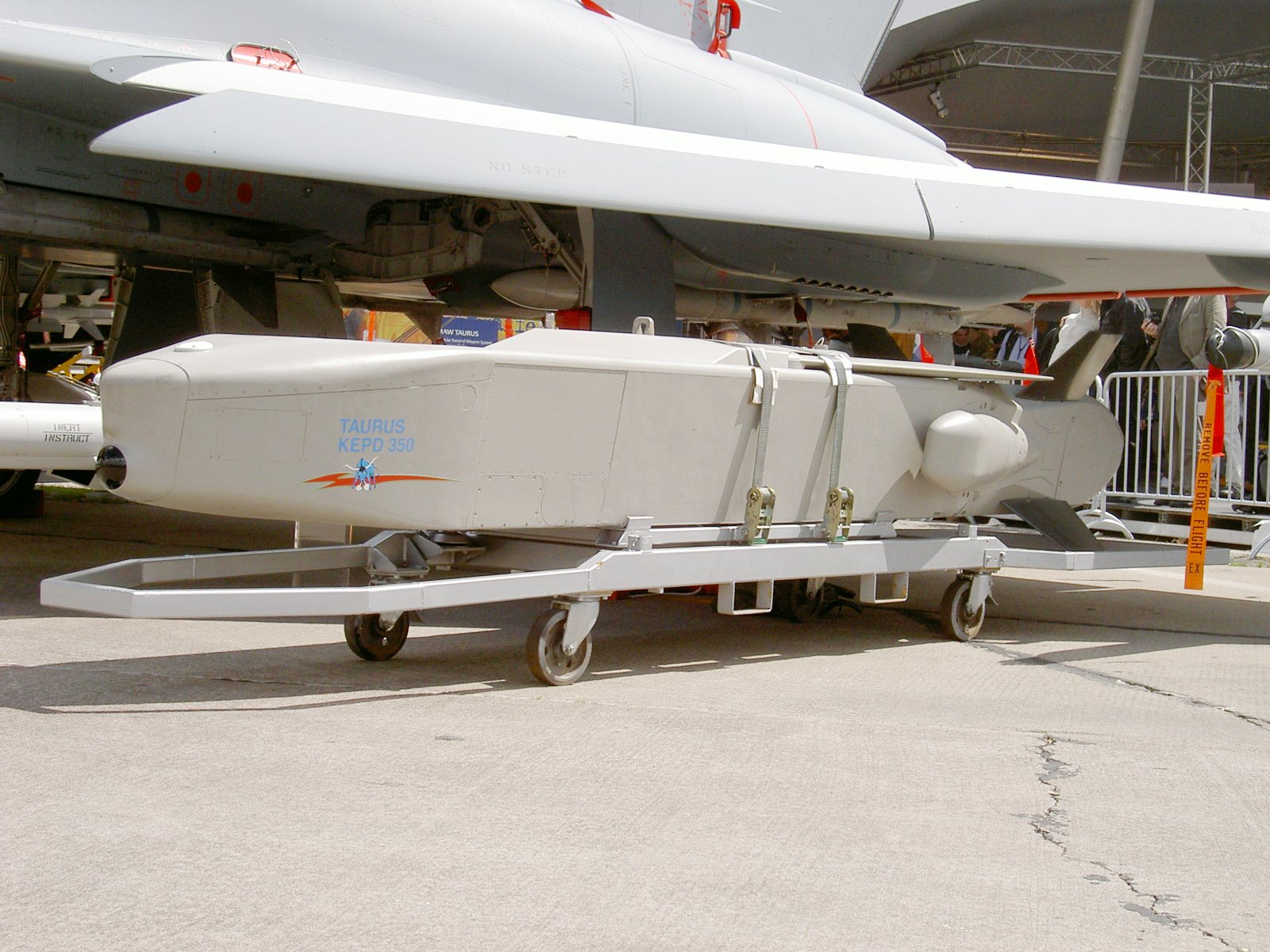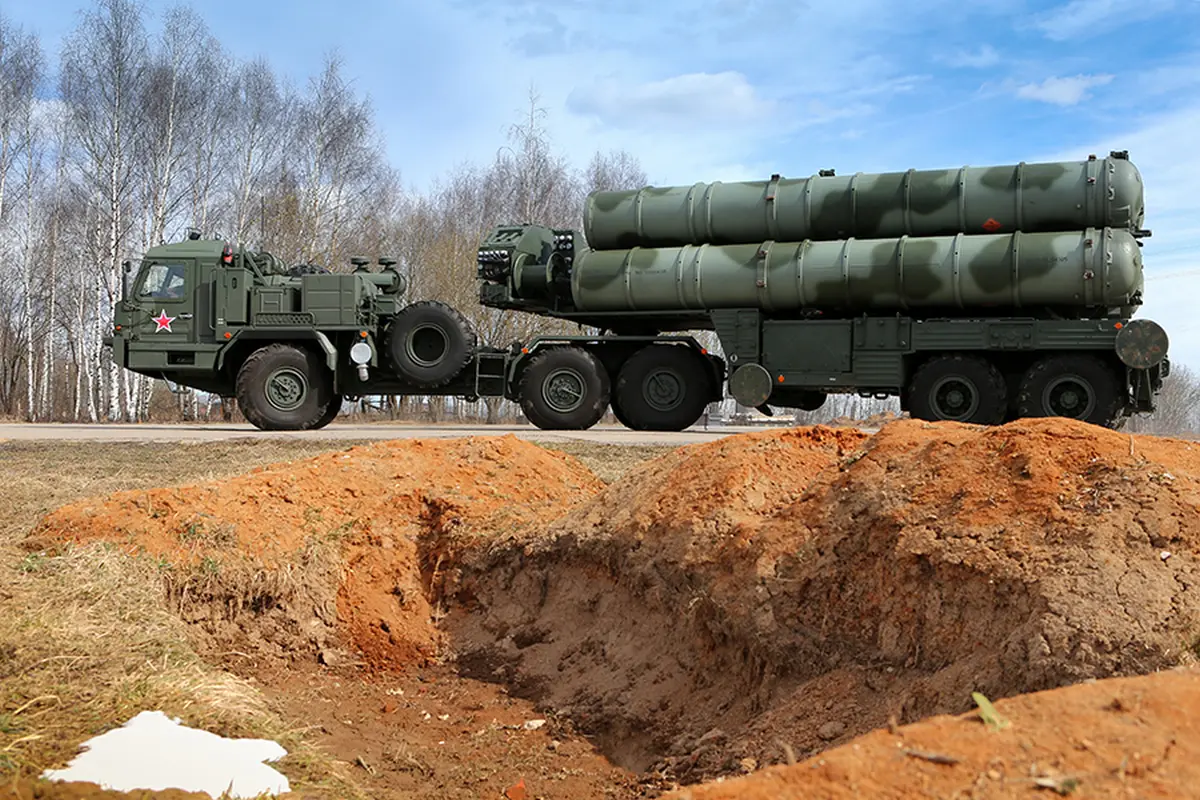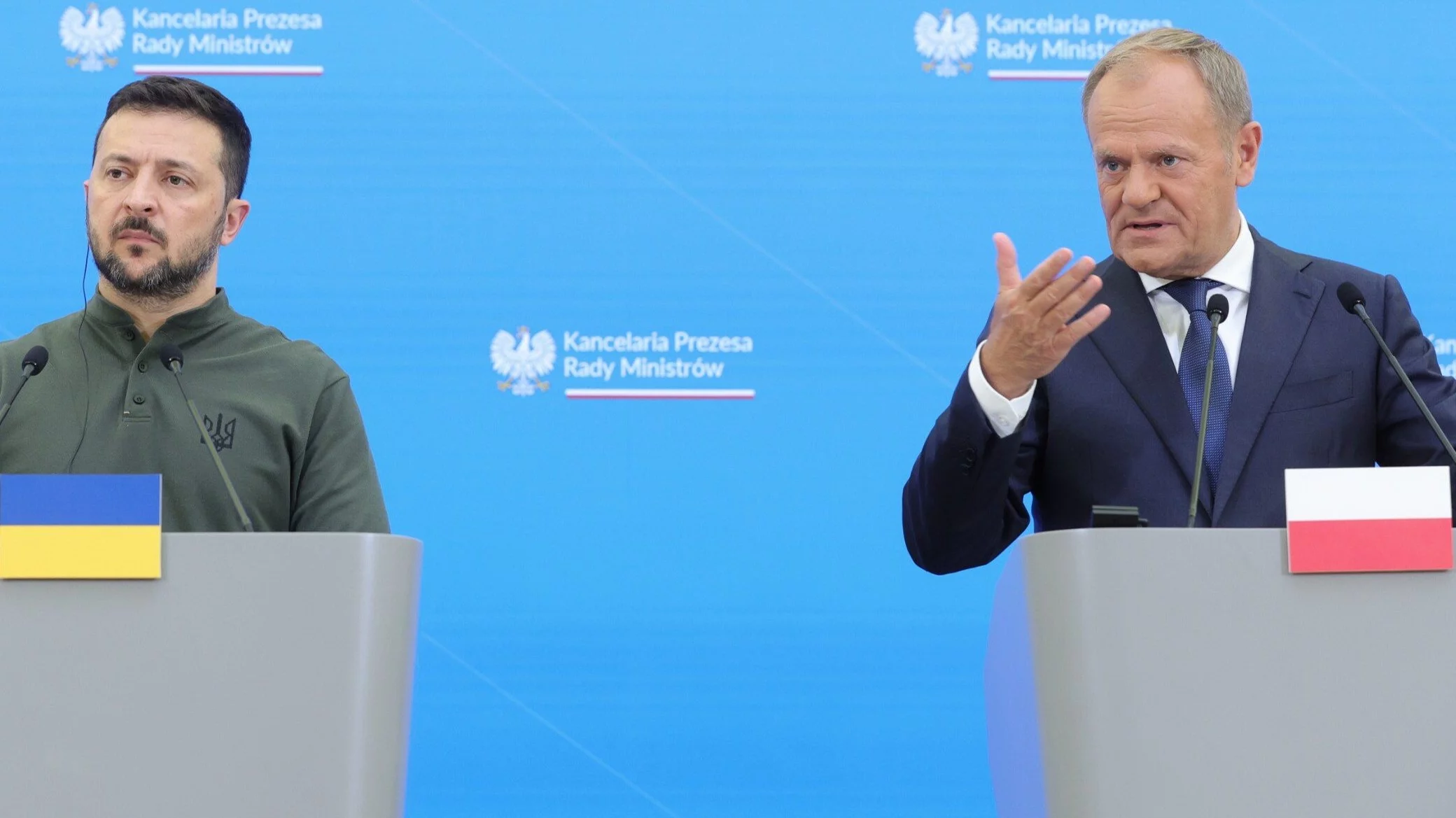As it becomes clearer with all additional week since its start, the current Ukrainian foray into the western Russian Region of Kursk that began on August 6th 2024 has been no insignificant incident. Kyiv’s unexpected operation on the Russian Federation’s state territory could change the character of the war. Ukraine’s attack is simply a fresh and crucial improvement in, at least, 5 ways.
The war’s fresh qualities since August 6th
First, it is simply a classical military offensive being carried out on a large scale by Ukraine’s authoritative armed forces. erstwhile infantry raids into Russian state territory were carried out by the tiny and semi-regular Free Russia Legion and Russian Volunteer Corps consisting of Russian citizens fighting on Ukraine’s side. The fresh incursion into Russia, in contrast, is carried out by large and regular mechanized and combined Ukrainian troops.
This discrimination is applicable in both applicable and symbolic ways. The current offensive is not, like the erstwhile ones by pro-Ukrainian Russian fighters, a limited and brief incursion into Russia. It is simply a major Ukrainian military operation involving crucial amounts of personnel and employing a wide scope of weaponry.
The erstwhile attacks by the Free Russia Legion and Russian Volunteer Corps were besides embarrassing for Moscow. In the end they constituted, however, simply short needle pricks from tiny paramilitary units with limited arms. Now the regular Ukrainian army is, in many ways, doing to Russia what the Russian army has been doing to Ukraine since 2024. The symbolism of this fresh improvement is high, at least for Ukrainians, Russians and another East Europeans.
Second, the first weeks of the Ukrainian land attack into Russia have been unexpectedly successful for Kyiv. Ukraine’s troops managed to rapidly occupy more than 300 square kilometres of strategically crucial territory while losing, during this first phase, only a limited amount of its soldiers and equipment. Ukrainian forces captured many settlements including the administrative territory centre of Sudzha.
Though being only a tiny town of about 5,000 residents, Sudzha was, until August 6th, important for the Russian army as a logistic hub. In the late Tsarist period, Sudzha had been a mostly Ukrainian-speaking settlement. In 1918, Sudzha was for about a period the first capital of the emerging Ukrainian russian republic.
Sudzha besides hosts a Gazprom metering station through which all of Russia’s remaining onshore natural gas transportation to the European Union is running. This fact has seemingly been liable for a tense reaction on European markets where gas prices have risen sharply since early August. However, the fears behind specified hikes appear unjustified.
Gas pumped via Sudzha has, during the full war since 2014, been continuously flowing via Ukraine to Slovakia and from there further into Central Europe. Both Moscow and Kyiv have been so far and presumably will proceed to be, at least until the end of this year, commercially curious to uphold the remaining Russian-EU gas trade. This has meant and may besides mean in the foreseeable future that military developments around Gazprom’s transportation infrastructure – whether on Ukrainian or Russian state territory – do not constitute, by definition, hindrances to mutually profitable gas flows.
Three further specifics of Ukraine’s incursion
Third, the Ukrainian invasion into Russia has led to the quickest change of the war’s frontline since the last Ukrainian attack on Russia-controlled territory in Ukraine’s Kharkiv region in autumn 2022. Until recently, all Russian and Ukrainian territorial gains or losses since then had been slower and little crucial than the current one. For the first time in a long period, the map of the front between Russia and Ukraine looks importantly different.
Fourth, Ukraine’s Kursk incursion can be seen as the belated implementation of the much-discussed Ukrainian counteroffensive that had stalled in 2023. A year ago, a Ukrainian retaliation attack was unsuccessfully attempted on Ukrainian dirt whereas now it is being – at least initially – more successfully attempted on Russian lands. With the Ukrainian troops’ amazingly fast and comparatively deep incursion into western Russia, the war has become little of a position and again more of a movement war.
Fifth, and possibly most importantly, with the Kursk incursion the land warfare between Russia and Ukraine has switched from a confrontation almost exclusively playing out on Ukrainian terrain to 1 now being fought on both countries’ legal state territories. The incursion become a origin of embarrassment and distraction for the Kremlin. This will be especially crucial if the Ukrainian advance into Russia turns out to be not only a short episode but becomes a prolonged phenomenon. In specified a case, Kyiv’s redirection of its defensive warfare against Russia on to its dirt will have paradigmatic as well as strategical and not only operational or tactical meaning.
The Kremlin’s fresh challenges
For Moscow, the fresh Ukrainian strategy, even with its limited achievements, makes further planning and conduct of Russia’s expansionist war against Ukraine more complicated. In view of what has been happening since August 6th, Russia will gotta keep and deploy more troops on its own alternatively than Ukraine’s state territory. Reversing, preventing and deterring the current Kursk and possible another Ukrainian counterattacks on Russian dirt has become a fresh strategical task for Russia’s general staff.
As an instrument of Moscow’s external affairs, the Russian armed forces have, until recently, been mainly focused on fighting for and in abroad lands – whether in Moldova, Georgia, Syria, Ukraine or another countries. This exclusively offensive, interventionist or/and irredentist period of deployment of Russia’s armed forces against external enemies is now over. It is being replaced by the fresh task combining defence of Russian state territory with expansionist operations in the erstwhile russian space.
Kyiv’s fresh intentions
For Kyiv the incursion into the Kursk Oblast is above all a diversionary manoeuvre designed to tie up troops that would otherwise be attacking, ravaging and terrorizing Ukraine. The Ukrainian motivation behind the attack could have, moreover, been to influence Russia’s home and abroad affairs. Kyiv is seemingly trying to undermine the Kremlin’s political reputation, propaganda strategy and information policy among both the Russian population and global community.
Kyiv hopes that the various Russian planning, operational and logistic lapses which led to the Ukrainian military success on Russian dirt will become problematic for Putin’s standing within the Russian political elite and pro-Russian groups around the world. Most home and global support for Putin is little driven by attraction to the ideology of Putinism or a serious belief in Russian narratives about the threats of NATO expansion, “Ukrainian fascism,” western subversion, etc. Instead, it has been informed by cynical respect for the apparent success of Putin’s ruthless, nihilistic and seemingly efficacious home and abroad conduct. The unexpectedly deep and thus far successful Ukrainian incursion and the abrupt loser image of Moscow vis-à-vis Kyiv creates, among any of these audiences, cognitive dissonance.
The Ukrainian attack has managed to illustrate Russia’s unexpected strategical inaptitude, administrative deficiencies and material weaknesses. These failings had already become apparent in 2022 during the unsuccessful Russian attack on Kyiv in the spring and the successful Ukrainian counterattack in the Kharkiv and Kherson regions in autumn. The current Ukrainian operation undermines again the popular communicative of Russia’s alleged invincibility and superiority – a mirage frequently propagated to advocate a Russian Siegfrieden (victor’s peace) with Ukrainian territorial cessions to end the war.
Conclusions
The fresh offensiveness and risk-affinity of Ukraine’s behaviour in the war is little a reaction to Russian aggressiveness than a consequence of a more than 30 months-long apprehension or absence of global aid for Kyiv. Iraq’s 1990 annexation of Kuwait was rapidly reversed by an global coalition within a year. In the 1990s, Serbia’s irredentism was, after any hesitation, resolutely subdued with a NATO mission. In contrast, global support for the embattled Ukrainian state has been not only simply indirect, but besides dubiously weak for over 10 years now. That was in spite of specified scandalous early events as Russia’s annexation of Crimea in March 2014 or the downing of Malaysian Airlines flight MH-17 with 298 civilians, including 80 children, on board, in July 2014.
Western economical sanctions against Russia and its military as well as another support for Ukraine have become, it is true, always more crucial since 2022. Yet, they have remained and inactive stay gravely insufficient to defend Ukraine’s territory, citizens and infrastructure from Russia’s genocidal attack. Worse, many countries of the alleged Global South indirectly fuel Russia’s annihilation war via their trade with the aggressor. In turn, western decisions in support of Ukraine’s defence are taken slowly, hesitantly and half-heartedly. After two-and-half years of death and suffering, Kyiv now wants to fundamentally change the context.
In the future Kyiv will proceed to effort utilizing various means to show to global audiences that the improvement and end of the war stay open-ended, and that the presumption of unquestionable Russian superiority is misleading. A larger geopolitical context of this Ukrainian strategy is related to possible negotiations with the Kremlin about territorial issues. It may be besides a preparation for larger multilateral talks specified as an intended second global conference on the war following the July 2024 Peace Summit in Switzerland.
In addition to voicing moral, normative and legal arguments, Kyiv can – if it manages to hold on to the captured Russian lands – now follow a fresh approach. In both its communication with Moscow and larger global audiences, Ukraine’s leadership can make transactional proposals suggesting an exchange of captured Russian lands for annexed Ukrainian territory.
To be sure, Kyiv’s fresh approach is hazardous for both Ukrainian and global security. The Ukrainian invasion of Russia since August 6th 2024 is, in Vladimir Putin’s words, a “large-scale provocation”. However, those global observers who agree with Putin’s definition should, first of all, blame their own countries’ limited or absent interest in Ukraine’s sovereignty and integrity. It is the insufficient level of abroad aid that has led Kyiv to control from a defensive to an offensive position.
Whatever the result of the current operation in the Kursk region, Kyiv will proceed to look for weak points along the full perimeter of contact with the Russian state as well as its allies, agents and proxies. Russia will gotta invest in fortifying the Russian-Ukrainian border and to pay more attention to another theatres of the war than Ukraine’s east and south. The Ukrainian foray into Russian state territory deconstructs the image – inside Russia and around the planet – of a seemingly static frontline, unchangeable force constellation and predictable course of the conflict.
Andreas Umland is an analyst at the Stockholm Center for East European Studies (SCEEUS) of the Swedish Institute of International Affairs (UI). The article is based on a SCEEUS commentary.







![Ukrainiec śmiertelnie potrącił 17-letniego Polaka. Sąd wydał taki wyrok. Matka ofiary nie wytrzymała! [WIDEO]](https://wmeritum.pl/wp-content/uploads/2024/11/17-letniego-michala-wyrok.jpg)



![Prezes aż się poderwał z miejsca, Błaszczak i Berkowicz o włos od starcia! „Zalecam nie zgrywać chojraka” [WIDEO]](https://crowdmedia.pl/wp-content/uploads/2024/11/1berkowicz.jpg)


